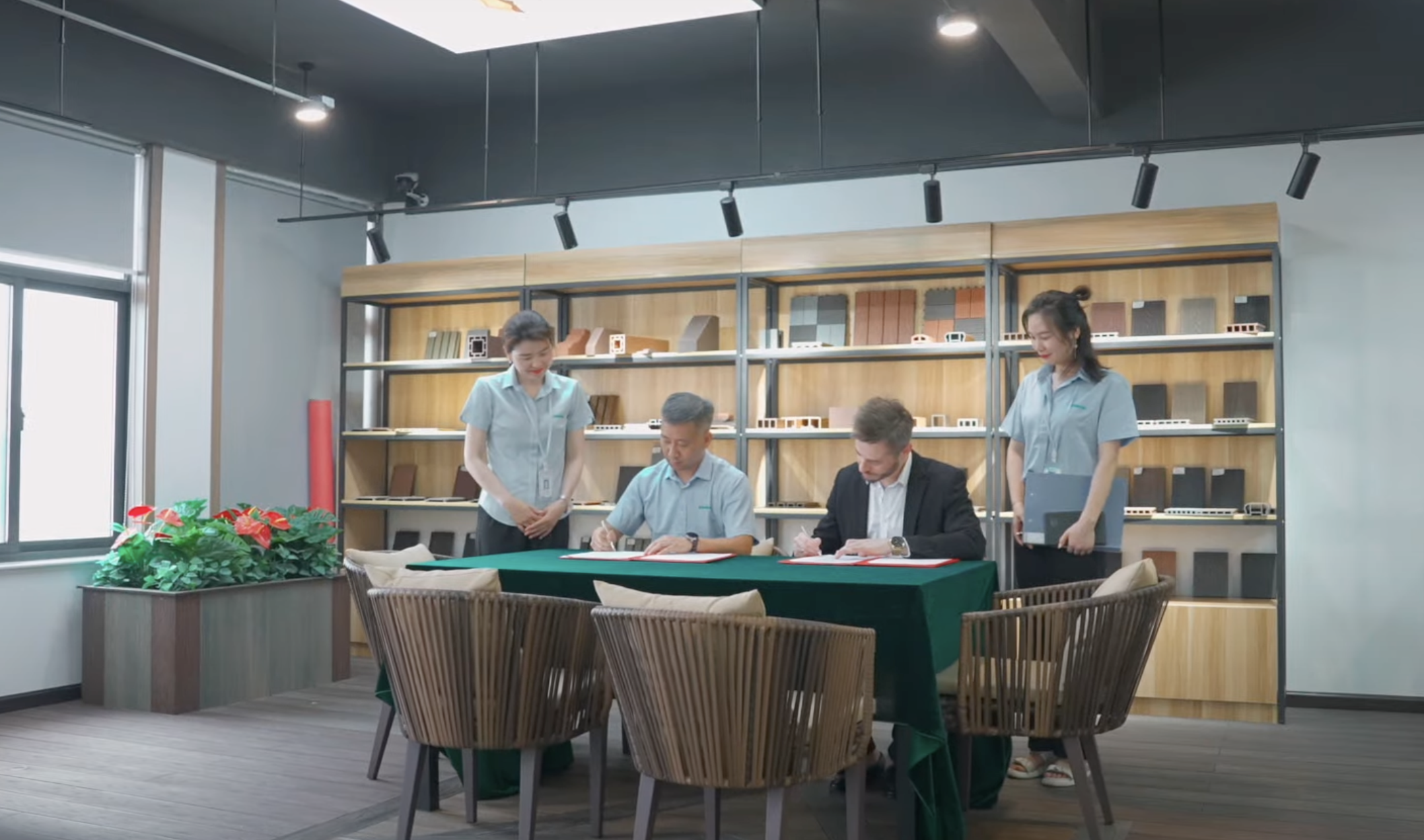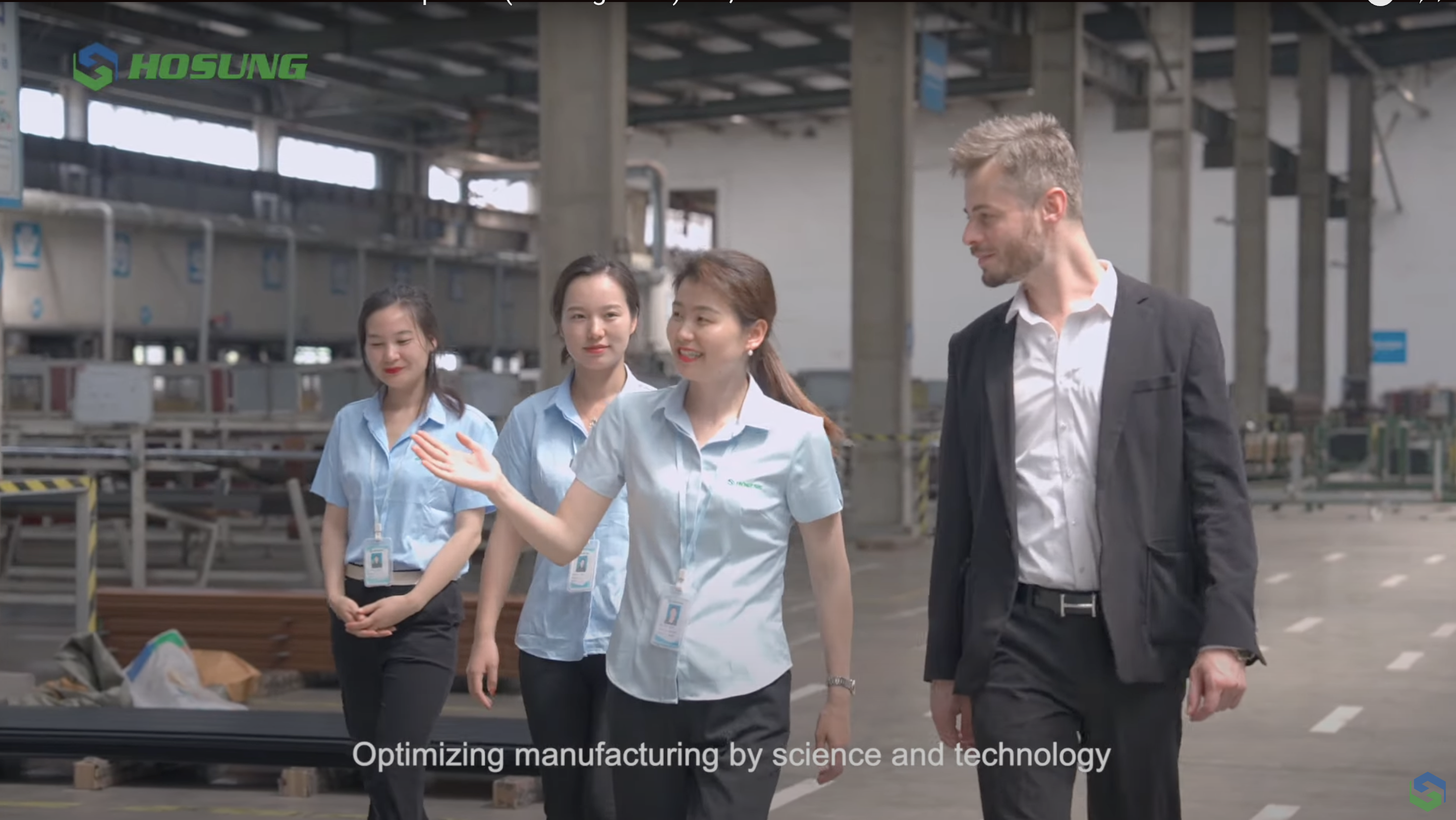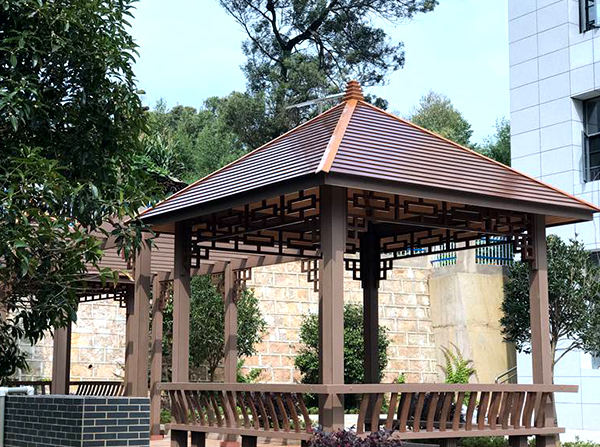Paneles WPC Peru are rapidly gaining attention in the Peruvian construction market as a sustainable and versatile alternative to traditional materials. These panels, made from a blend of wood fibers and recycled plastics, offer a combination of durability, aesthetic appeal, and environmental responsibility. As Peru continues to grow and urbanize, WPC panels are poised to play a significant role in both residential and commercial building projects, providing a smart and sustainable solution for architects, builders, and homeowners alike.
Table of Contents
Rising Demand for Panels WPC Peru
In Peru, the construction sector is increasingly looking for materials that can withstand the country’s varied climate conditions while also being eco-friendly. From the coastal cities to the Andean highlands, Peruvian buildings need to cope with a range of environmental factors such as humidity, intense UV exposure, and fluctuating temperatures. Traditional wood, although beautiful, often struggles with these conditions, leading to high maintenance costs and frequent repairs.
WPC panels, on the other hand, offer a robust alternative. Their resistance to moisture, insects, and weathering makes them ideal for both indoor and outdoor use. Additionally, WPC panels do not splinter, warp, or crack like natural wood, making them a long-lasting option. This resilience, combined with their low maintenance requirements, is why more and more construction projects in Peru are opting for WPC over conventional materials.

The Benefits of WPC Panels in Urban Development
Urban areas in Peru, especially in bustling cities like Lima, are facing challenges related to rapid development and environmental sustainability. Public spaces, residential complexes, and commercial buildings are increasingly incorporating sustainable practices to enhance the quality of urban life. WPC panels contribute to this effort by offering an eco-friendly building material that not only reduces the carbon footprint but also enhances the aesthetic and functional value of these spaces.
In parks and public plazas, WPC panels can be used for benches, walkways, and outdoor furniture. Their low maintenance needs mean that city municipalities and maintenance crews can allocate resources more efficiently, focusing on other areas that require attention. Moreover, WPC panels’ ability to mimic the natural look of wood while providing the advantages of synthetic materials makes them a favorite for architects who want to combine traditional and modern design elements.

WPC Panels and Sustainable Building Trends
Globally, there is a growing shift towards sustainable building materials, and Peru is no exception. The adoption of WPC panels aligns with broader environmental goals, such as reducing deforestation and minimizing waste. WPC panels are typically made from recycled plastics and reclaimed wood fibers, which helps in reducing the overall waste in landfills and conserving natural wood resources. This approach not only supports green construction practices but also promotes a circular economy, which is crucial for sustainable development.
In recent years, Peru has introduced various environmental regulations aimed at promoting sustainable practices in the construction industry. These include guidelines on using renewable materials and reducing the carbon footprint of new buildings. WPC panels fit perfectly within these frameworks, offering builders and developers an option that is both compliant and innovative.
Potential Challenges and Opportunities in Peru
While the prospects for paneles WPC in Peru are promising, there are still some hurdles to overcome. One of the main challenges is market awareness. Although WPC panels offer numerous benefits, many consumers and builders are still more familiar with traditional wood or other common building materials. To increase adoption, there needs to be greater awareness of the benefits of WPC, not only in terms of durability and aesthetics but also from a sustainability perspective.

Another opportunity lies in local production. Most WPC materials are currently imported, which can make them more expensive due to shipping and tariff costs. By developing local manufacturing capabilities, Peru could not only lower the costs of WPC panels but also create jobs and boost the economy. Local production would also allow for more customized WPC solutions tailored to the specific needs and preferences of the Peruvian market.
Global Perspective and China’s Role in WPC Production
The demand for WPC panels is not just a local phenomenon; it’s part of a global trend towards more sustainable and durable building materials. Countries around the world are increasingly recognizing the benefits of WPC products, and this has led to a surge in production and innovation in this sector. China is one of the largest global producers and exporters of WPC materials, leveraging its advanced manufacturing capabilities and access to raw materials.
Chinese companies, including industry leaders like HOSUNG WPC, have been at the forefront of this movement, supplying high-quality WPC panels to markets around the world. With their commitment to innovation and sustainability, these companies are helping to set the standard for what WPC panels can achieve.

As Peru continues to grow and evolve, the demand for sustainable, durable, and aesthetically pleasing building materials will only increase. Paneles WPC offer a solution that meets these demands while also supporting the country’s environmental goals. Companies like HOSUNG WPC are well-positioned to provide the products and expertise needed to drive the adoption of WPC panels in Peru, helping to create a greener, more sustainable future for all.





